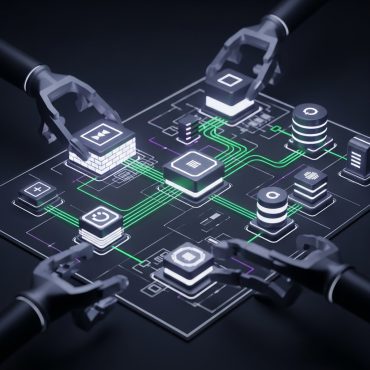Cloud Application Vulnerability Assessment and Security encompasses the practices and technologies used to identify, analyze, and remediate security vulnerabilities in cloud-hosted applications. As organizations increasingly migrate to cloud infrastructures, securing these applications becomes essential for protecting sensitive data and ensuring business continuity.
Key Components and Best Practices
Vulnerability Identification:
Automated and manual tools are used to detect weaknesses such as misconfigurations, code flaws, improper access controls, and potential data leakage in cloud applications.
Security and Penetration Testing:
Regularly conducted penetration tests simulate real-world attack scenarios to uncover and address vulnerabilities before they can be exploited by adversaries.
Secure Software Development Lifecycle (SDLC):
Security is integrated into every stage of development, from planning to deployment. Practices such as secure coding guidelines and early-stage vulnerability scanning (“shift-left”) reduce risk significantly.
Access Control and Authorization:
Role-Based Access Control (RBAC), along with Multi-Factor Authentication (MFA), ensures that only authorized users can access critical resources, minimizing the risk of unauthorized access.
Data Encryption and Privacy:
Data should be encrypted both in transit and at rest using strong cryptographic protocols. Privacy policies should comply with relevant data protection regulations (e.g., GDPR, HIPAA).
Security Monitoring and Threat Intelligence:
Continuous monitoring, anomaly detection, and threat intelligence help identify suspicious activity in real-time. Integration with SIEM platforms enables rapid incident detection and response.
Why It Matters
Cloud applications are exposed to a broad threat landscape due to their distributed nature and the complexity of integrations. Without rigorous vulnerability assessments and proactive security measures, they remain at risk of data breaches, service outages, and regulatory violations.
By implementing effective vulnerability management and security practices, organizations can confidently scale their cloud operations while safeguarding user data, maintaining compliance, and ensuring uninterrupted service.












